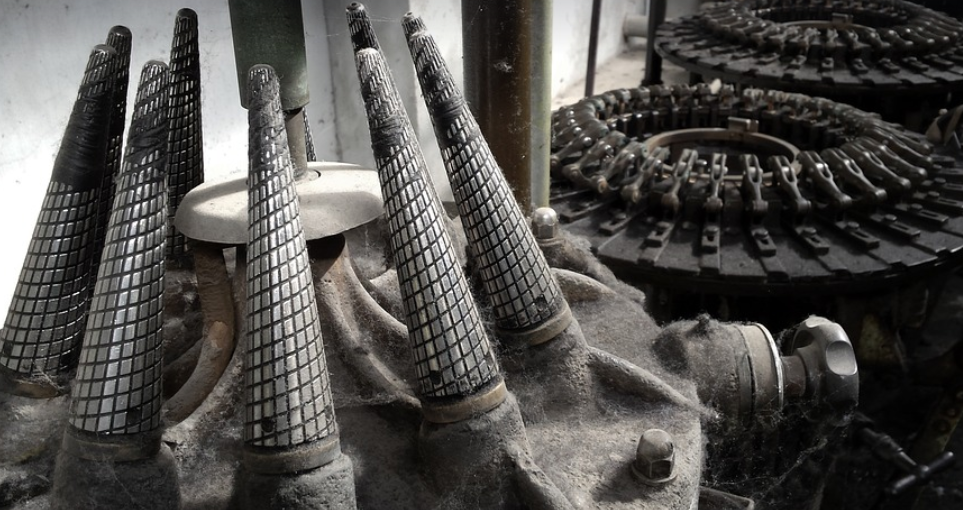What is 6 Gauge Welding Cable?
Imagine you’re working on a project, maybe it’s welding a huge metal beam for your garage or powering a massive industrial machine. You need a reliable and powerful conduit to transport electricity from the power source to your equipment. That’s where 6 gauge welding cable comes in.
6 gauge welding cable is a type of electrical cable specifically designed for heavy-duty, high-amperage applications. It boasts six-gauge solid copper or stranded conductors that can handle significant current without sagging or losing efficiency. Imagine it like a strong hose transporting water; the thicker the hose, the more water it can carry.
Why Choose 6 Gauge Welding Cable?
Choosing the right welding cable is crucial for safety and productivity. 6 gauge welding cables offer several distinct advantages:
**Ample Amperage:** This gauge handles currents up to 150-250 amps, making it ideal for heavy-duty applications like industrial-scale welding.
**High Power Transmission:** Its large conductors ensure efficient power transfer, minimizing voltage drop and energy loss. Think of it as a smooth flow of electricity without any significant turbulence or bottlenecks.
**Durability and Longevity:** 6 gauge welding cables are robustly built with thick insulation, offering excellent resistance to abrasion and wear. It’s like having a sturdy, reliable workhorse for your electrical projects.
**Safety First:** The high amperage rating of this cable signifies its ability to handle the increased current flow generated during welding processes. This translates to fewer safety hazards, as it provides a more stable and predictable power supply.
What Makes 6 Gauge Cables So Special?
Beyond just being thick and strong, 6 gauge cables have specific features that guarantee their superior performance:
**Material Composition:** Typically made with high-quality copper conductors and a protective sheath of vinyl or rubber insulation. This combination reduces resistance and improves conductivity, allowing for efficient power transmission.
**Flexibility and Bend Resistance:** 6 gauge cables can withstand significant bending without breaking or losing their shape due to the flexible construction. It’s like having a cable that bends with your machine, ensuring smooth operation wherever you go.
**Insulation Type:** The insulation is chosen for its ability to resist heat and chemical damage while maintaining electrical isolation. This prevents shorts or sparks from occurring due to unwanted contact.
Choosing the Right 6 Gauge Cable
Selecting the right cable requires careful consideration of the welding application:
**Welding Voltage and Current:** Check the voltage and current specifications for your specific welding process. This ensures you get a cable designed for that particular level of power.
**Cable Length:** Consider the distance between your source and equipment because longer cable lengths will require thicker cables to maintain efficient conductivity and prevent voltage drop.
**Safety Regulations:** Always adhere to local electrical safety regulations. Ensure your chosen cable meets or exceeds industry standards for insulation, wire gauge, and overall construction.
Welding Cable Safety: A Must-Have
While 6 gauge cables are incredibly strong and efficient, they need to be handled with care:
**Never Work on Live Circuits:** Always disconnect the power source before working on any electrical cable or equipment. This is crucial for safety and prevents accidental shocks.
**Keep Cables Clean and Dry:** Moisture and dust can negatively impact the performance and lifespan of welding cables. Proper storage, clean-up, and regular inspection help ensure they operate at their best.
**Securely Mount Cables:** The cable’s support structure needs to be strong enough to prevent sagging or movement during operation. Proper mounting ensures efficient power transmission and minimizes the risk of accidental contact.
Putting It All Together
6 gauge welding cables are essential for any heavy-duty welding project. Their robust construction, high amperage ratings, and ability to withstand extended use contribute to a safer, more efficient workflow. Always remember to prioritize safety while working with electrical equipment.
By selecting the right 6 gauge cable, understanding its capabilities, and following proper handling techniques, you can ensure your welding projects are both powerful and secure. Remember, safety first!
